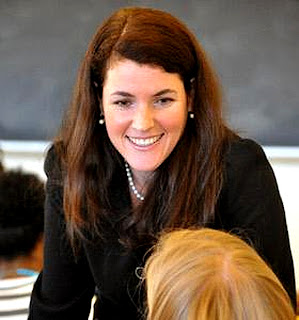NAVAL STATION GREAT LAKES, Ill. (NNS) -- When Seaman Recruit Steven Smith, 22, of Detroit, graduates from Recruit Training Command (RTC) here Dec. 22, he'll take away a lot of family heritage, history and pride.
Smith arrived at RTC Oct. 28, and, at the time, little did he know he would enter a building named after a great-uncle and one of the first 13 African-American Navy officers.
"I knew the history of the Golden Thirteen and of my great-uncle," Smith said. "I did not realize that the building was referred to as the Golden Thirteen."
On the night of arrival at RTC recruits enter the Golden Thirteen in-processing building. The first thing they see is a prominent photo of those 13 officers, known as the Golden Thirteen, the building's namesake.
When Smith saw the large framed black and white photograph he focused on the officer pictured second from the left in the first row - his great-uncle Samuel Edward Barnes, Ph.D.
In June 1941, President Franklin D. Roosevelt signed an executive order that prohibited racial discrimination by any government agency.
The Navy began officer training for 16 African-American enlisted men at RTC in March 1944. Twelve were commissioned as ensigns and one was appointed as a warrant officer. These men became known as the Golden Thirteen.
After serving as officer in charge of the recreation and athletic programs at Great Lakes and as the personnel officer in Okinawa, Japan, Dr. Barnes was honorably discharged.
He earned a doctorates degree from the Ohio State University and made a name for himself in the field of sports administration. Later he became the first African-American member of the governing council of the National Collegiate Athletic Association (NCAA).
Smith remembers spending summers with his great-uncle in Ohio when he was about 10 years old. Barnes was a big influence in the young man's life.
"He once told me, 'A man cannot be a man until he serves his country,'" he said. "Even as a kid I wanted to follow in my great-uncle and my father's footsteps by serving in the Navy."
Dr. Barnes died on Dec. 28, 1998, on Smith's birthday. He attended the funeral at Arlington Cemetery.
"I didn't know how much my great-uncle meant to people until I was at his funeral," Smith said. "There were thousands of people; I have never seen that many people in one place. I remember the flags and the 21 Gun Salute."
When he and his girlfriend of six years got engaged, Smith decided that it was time to join the navy. They plan to get married on Dec. 26; four days after he graduates from boot camp.
"I use my family's past as motivation," Smith said. "Every time I walk into my ship, I think of how my dad and my great-uncle were going through the same things I am going through now. I know I have to carry out my heritage."
Smith will report to Electronics Technician advanced ("A") school in Groton, Conn., following his graduation as he looks to continue his Navy career in the submarine force.
Naval Service Training Command By Brian Walsh, Recruit Training Command Public Affairs Story Number: NNS101217-15 Release Date: 12/17/2010 4:03:00 PM























![Jerolyn [Renee] Chapman Navarro, PharmD, MD](https://blogger.googleusercontent.com/img/b/R29vZ2xl/AVvXsEgzkugmA0zP9Q888kbpcZVkjNPMi01Mzwe4G1DY1qGC_pVqDa4JJeyeebkyUvnbgrvr0xMv9TeK0fCp0SfoFyodBotK-n_Ee-BrERcgk2SJGu7xKK7SlDjfJ2IkmFSwinm0qBoj6RvjZ9Pd/s320/Jerolyn_Chapman_Navarro_2.jpg)










